Python Sort Tuple List
What is a tuple list?
Before diving into the various sorting methods, let’s discuss what a tuple list is. In Python, a tuple is an immutable sequence, meaning its elements cannot be changed once it is created. A tuple list, then, is simply a list of tuples. Each tuple can contain any number of elements, and these elements can be of different data types.
Creating a tuple list in Python
To create a tuple list in Python, you can simply define a list and populate it with tuples. Here’s an example:
“`python
tuple_list = [(1, ‘apple’), (2, ‘banana’), (3, ‘cherry’)]
“`
In this example, we have created a tuple list with three tuples. Each tuple contains an integer and a string representing a fruit.
Accessing elements in a tuple list
To access elements in a tuple list, you can use indexing and slicing, just like you would with a regular list. For example, to access the first tuple in the list, you can use the following code:
“`python
first_tuple = tuple_list[0]
“`
This will assign the first tuple `(1, ‘apple’)` to the variable `first_tuple`. To access specific elements within a tuple, you can use indexing as well. For example, to access the second element in the first tuple (`’apple’`), you can use the following code:
“`python
fruit = tuple_list[0][1]
“`
This will assign the string `’apple’` to the variable `fruit`.
Sorting a tuple list by a specific element
To sort a tuple list by a specific element, you can use the `sorted()` function in Python. The `sorted()` function takes an iterable (in this case, our tuple list) and returns a new list with the items sorted. Here’s an example:
“`python
sorted_list = sorted(tuple_list, key=lambda x: x[1])
“`
In this example, we are sorting the tuple list by the second element in each tuple (the fruit names). The `key` parameter is set to `lambda x: x[1]`, which indicates that we want to sort the list based on the second element (`x[1]`) of each tuple (`x`).
Sorting a tuple list by multiple elements
If you want to sort a tuple list by multiple elements, you can specify multiple keys in the `sorted()` function. The sorting will be performed based on the order of the keys. Here’s an example:
“`python
sorted_list = sorted(tuple_list, key=lambda x: (x[1], x[0]))
“`
In this example, we are sorting the tuple list first by the second element (fruit names) and then by the first element (integers). The `key` parameter is set to `lambda x: (x[1], x[0])`, indicating that the sorting should be done first by the second element (`x[1]`) and then by the first element (`x[0]`) of each tuple.
Sorting a tuple list in ascending order
By default, the `sorted()` function sorts the elements in ascending order. So, if you want to sort a tuple list in ascending order, you can simply use the `sorted()` function without any additional parameters. Here’s an example:
“`python
sorted_list = sorted(tuple_list)
“`
This will return a new list with the elements of the tuple list sorted in ascending order.
Sorting a tuple list in descending order
If you want to sort a tuple list in descending order, you can specify the `reverse` parameter in the `sorted()` function. By setting `reverse=True`, the sorting will be performed in descending order. Here’s an example:
“`python
sorted_list = sorted(tuple_list, reverse=True)
“`
This will return a new list with the elements of the tuple list sorted in descending order.
Sorting a tuple list using a custom key function
In some cases, you may want to sort a tuple list based on a custom condition or rule. In such situations, you can define a custom key function and pass it to the `sorted()` function. The key function should return a value that will be used for sorting. Here’s an example:
“`python
def custom_key_function(item):
return item[1][0] # Sort by the first character of the second element
sorted_list = sorted(tuple_list, key=custom_key_function)
“`
In this example, we have defined a custom key function that sorts the tuple list based on the first character of the second element (`item[1][0]`). The `key` parameter is set to `custom_key_function`, indicating that the sorting should be based on the result of this function.
Sorting a tuple list using the itemgetter function from the operator module
The `operator` module in Python provides a convenient function called `itemgetter()` that can be used to retrieve items from an iterable based on their indices. This function can be particularly useful when sorting a tuple list. Here’s an example:
“`python
from operator import itemgetter
sorted_list = sorted(tuple_list, key=itemgetter(1))
“`
In this example, we are using the `itemgetter(1)` function as the key to sort the tuple list. This function specifies that we want to sort the list based on the second element (`1`) of each tuple.
FAQs:
Q1: How can I sort a tuple list in Python?
A1: You can use the `sorted()` function in Python to sort a tuple list. By default, the sorting is done in ascending order.
Q2: How do I access the elements in a tuple list?
A2: You can access elements in a tuple list using indexing and slicing, similar to how you would access elements in a regular list.
Q3: Can I sort a tuple list based on multiple elements?
A3: Yes, you can sort a tuple list based on multiple elements by specifying multiple keys in the `sorted()` function.
Q4: Is it possible to sort a tuple list in descending order?
A4: Yes, you can sort a tuple list in descending order by setting the `reverse` parameter to `True` in the `sorted()` function.
Q5: Can I sort a tuple list using a custom condition or rule?
A5: Yes, you can define a custom key function and pass it to the `sorted()` function to sort a tuple list based on a custom condition or rule.
In conclusion, Python provides various ways to sort a tuple list based on different requirements. Whether you want to sort by a specific element, sort by multiple elements, sort in ascending or descending order, or use a custom key function, Python has you covered. Understanding these sorting methods will enable you to manipulate and analyze tuple lists efficiently in your Python programming endeavors.
Sort List Of Python Tuples Based On First, Second And Last Elements | Python Basics
Keywords searched by users: python sort tuple list Sort tuple Python, Get all first elements of list of tuples python, Transform list to tuple python, Append tuple to list Python, Python sort by key, Convert list tuple to 2 list, List of tuple, Sort list number Python
Categories: Top 95 Python Sort Tuple List
See more here: nhanvietluanvan.com
Sort Tuple Python
To begin with, let’s take a closer look at what a tuple is in Python. A tuple is an ordered collection of elements, enclosed in parentheses (). Unlike lists, tuples cannot be modified once they are created. This immutability makes tuples a suitable choice when you want to store fixed data that doesn’t need to be modified. To sort a tuple, we can use the built-in “sorted()” function or employ the “sort()” method available for lists. It’s important to remember that sorting a tuple doesn’t actually modify it; rather, it creates a new sorted list or tuple.
The first method we will explore is the “sorted()” function. This function takes an iterable (like a tuple) and returns a new sorted list. To sort a tuple, we need to pass it as an argument to the “sorted()” function. Here’s a simple example:
“`python
my_tuple = (4, 2, 1, 3)
sorted_tuple = tuple(sorted(my_tuple))
print(sorted_tuple)
“`
Output:
“`
(1, 2, 3, 4)
“`
In the above example, we create a tuple called “my_tuple” with random elements. We then pass this tuple as an argument to the “sorted()” function, and assign the returned sorted list to the “sorted_tuple” variable. Finally, we convert the sorted list back to a tuple using the “tuple()” function and print the result. As you can see, the output is a sorted tuple with the elements in ascending order.
Another approach to sorting a tuple is using the “sort()” method. Since tuples are immutable, we can convert them to a list, sort the list, and then convert it back to a tuple. Here’s an example:
“`python
my_tuple = (4, 2, 1, 3)
sorted_tuple = tuple(sorted(list(my_tuple)))
print(sorted_tuple)
“`
Output:
“`
(1, 2, 3, 4)
“`
In this example, we first use the “list()” function to convert the tuple into a list. Then, we apply the “sorted()” function to sort the list. After that, we utilize the “tuple()” function to convert the sorted list back into a tuple. Finally, we print the sorted tuple, which again shows the elements arranged in ascending order.
If you want to sort a tuple in descending order, you can pass an additional parameter to the “sorted()” function or the “sort()” method. The key parameter allows you to define a custom sorting criterion. Here’s an example:
“`python
my_tuple = (4, 2, 1, 3)
sorted_tuple = tuple(sorted(my_tuple, reverse=True))
print(sorted_tuple)
“`
Output:
“`
(4, 3, 2, 1)
“`
In this example, we pass the parameter “reverse=True” to the “sorted()” function, which tells Python to sort the elements in descending order. As a result, we obtain a new sorted tuple with the elements reversed.
Now that we have explored the methods for sorting a tuple in Python, let’s address some frequently asked questions related to this topic:
**Q: Can I sort a tuple containing different data types?**
Yes, you can sort a tuple containing different data types. However, keep in mind that the elements must be comparable. Otherwise, a “TypeError” will be raised.
**Q: Can I sort a tuple with nested structures, like lists or dictionaries?**
Yes, you can sort a tuple containing nested structures. However, the sorting will be based on the comparison of the outermost element. If you need to sort by a specific nested element, you might need to use more advanced techniques, such as lambda functions.
**Q: Is it possible to sort a tuple in place without creating a new sorted list or tuple?**
No, it is not possible to sort a tuple in place directly, as tuples are immutable. To achieve the desired result, you will need to convert the tuple into a list, sort it, and then convert it back to a tuple.
**Q: Can I sort a tuple without using the “sorted()” function or the “sort()” method?**
While it is possible to create your own sorting algorithms, utilizing the built-in functions or methods is the most straightforward and efficient way to sort a tuple in Python.
In conclusion, sorting a tuple in Python can be accomplished using the built-in “sorted()” function or by converting the tuple into a list and applying the “sort()” method. Both approaches enable us to arrange the elements of a tuple in ascending or descending order. Additionally, we explored some frequently asked questions related to this topic. By mastering these techniques, you will be able to manipulate tuples efficiently within your Python programs.
Get All First Elements Of List Of Tuples Python
When working with lists of tuples in Python, it is common to come across situations where you need to extract the first elements of each tuple in the list. The first element of a tuple represents an identifier or a key, making it essential to access this information for further processing. In this article, we will explore different methods to get all the first elements of a list of tuples in Python and discuss their advantages and disadvantages. By the end, you will be equipped with various techniques to efficiently retrieve this data.
Methods to Get all First Elements
1. Using List Comprehension:
List comprehension is a concise way to extract the first elements of a list of tuples. By iterating over the list and appending the first element of each tuple to a new list, you can easily obtain a list consisting only of the first elements.
Example:
“`
list_of_tuples = [(‘apple’, 1), (‘orange’, 2), (‘banana’, 3)]
first_elements = [t[0] for t in list_of_tuples]
print(first_elements)
“`
Output:
“`
[‘apple’, ‘orange’, ‘banana’]
“`
Advantages: List comprehension offers a compact and efficient approach to extract the desired data. It performs well even with large lists.
Disadvantages: This method requires understanding and familiarity with list comprehension syntax.
2. Using a for Loop:
An alternative to list comprehension is the conventional for loop. Iterating over the list of tuples using a for loop allows you to access each tuple individually. By appending the first element of each tuple to a new list, you can accumulate all the first elements.
Example:
“`
list_of_tuples = [(‘apple’, 1), (‘orange’, 2), (‘banana’, 3)]
first_elements = []
for t in list_of_tuples:
first_elements.append(t[0])
print(first_elements)
“`
Output:
“`
[‘apple’, ‘orange’, ‘banana’]
“`
Advantages: This method is straightforward and easy to understand, making it accessible for beginners.
Disadvantages: It involves more lines of code compared to list comprehension, which may make it harder to maintain and read in large codebases.
3. Using the zip() function:
The built-in zip() function is another powerful tool for handling lists of tuples. By applying zip() to the given list and unpacking the result using the asterisk (*) operator, you can split the list of tuples into separate tuples. Finally, by using another list comprehension, you can extract the first elements.
Example:
“`
list_of_tuples = [(‘apple’, 1), (‘orange’, 2), (‘banana’, 3)]
first_elements = [first for first, _ in zip(*list_of_tuples)]
print(first_elements)
“`
Output:
“`
[‘apple’, ‘orange’, ‘banana’]
“`
Advantages: This approach is concise and makes efficient use of Python’s zip() function.
Disadvantages: It requires understanding how to unpack tuples using the asterisk operator, which might not be immediately clear to beginners.
FAQs
Q1. Can the first elements of the list of tuples be modified directly?
A1. Yes, the first elements can be modified using index-based assignment. However, if the list is immutable, like a tuple, you need to create new tuples to hold the modified elements.
Q2. Can I use these methods with nested lists of tuples?
A2. It is definitely possible to use these methods with nested lists of tuples. However, you will need to adapt the code to handle the nested structure correctly.
Q3. What if the list of tuples is empty?
A3. In such cases, all the provided methods will return an empty list since there are no tuples from which to extract the first elements.
Q4. How do these methods perform with large lists?
A4. List comprehension and the zip() function method perform well even with large lists, as they have efficient time complexity. The for loop method should also be reasonably fast, but it might take longer due to the multiple append operations.
Q5. Is there any difference in performance between the methods?
A5. In general, the list comprehension and zip() function methods are expected to have similar performance. The for loop method might be slightly slower due to its multiple append operations, but the difference is negligible unless dealing with extremely large lists.
Conclusion
Extracting the first elements of a list of tuples in Python is a common task. Whether you choose to use list comprehension, a for loop, or the zip() function, all methods provide a way to achieve this goal. The choice depends on factors such as code readability, personal preference, and specific requirements of the task at hand. By being familiar with these different approaches, you can efficiently access the first elements and extend your Python programming capabilities.
Images related to the topic python sort tuple list

Found 47 images related to python sort tuple list theme
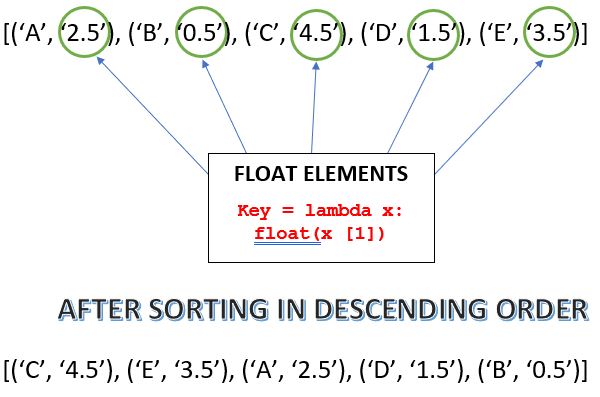

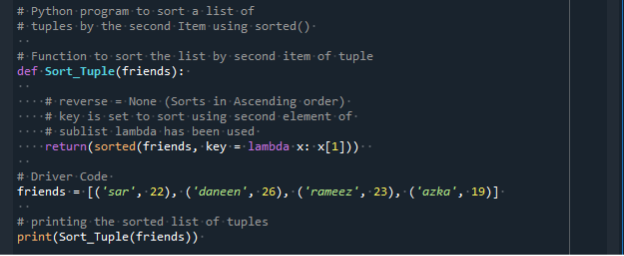

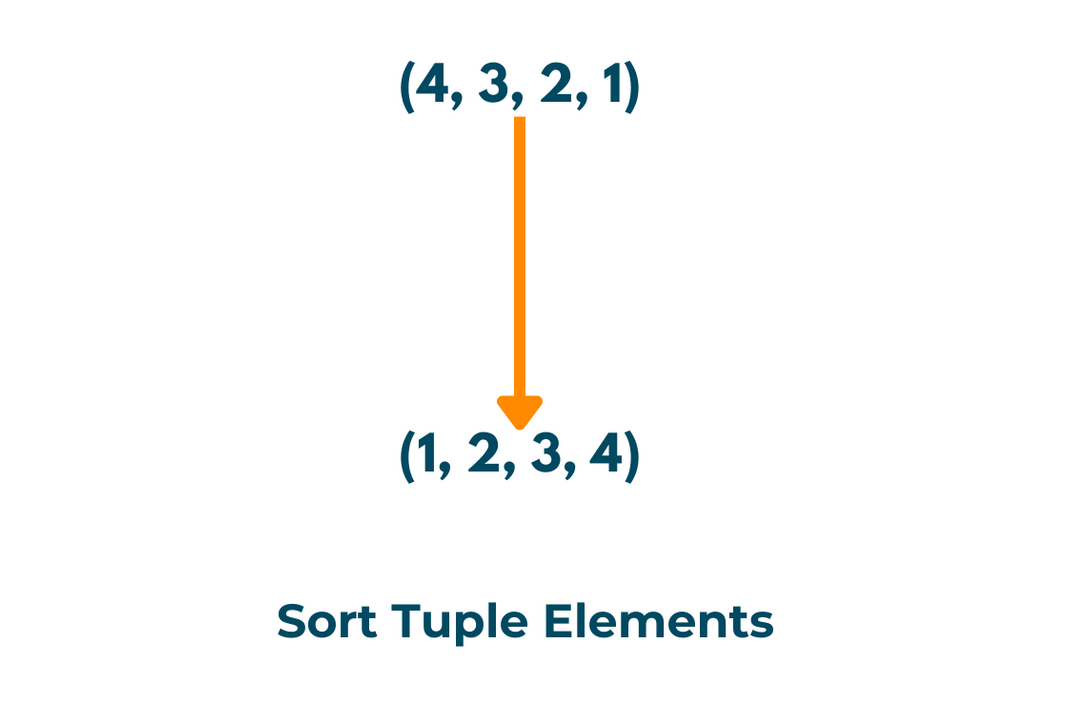


















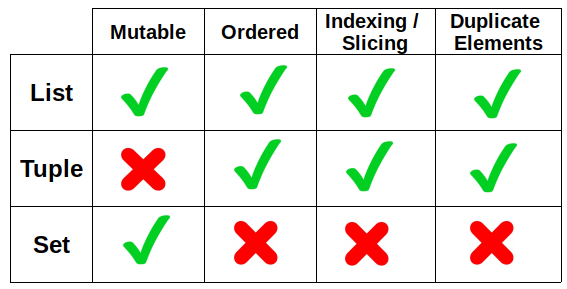
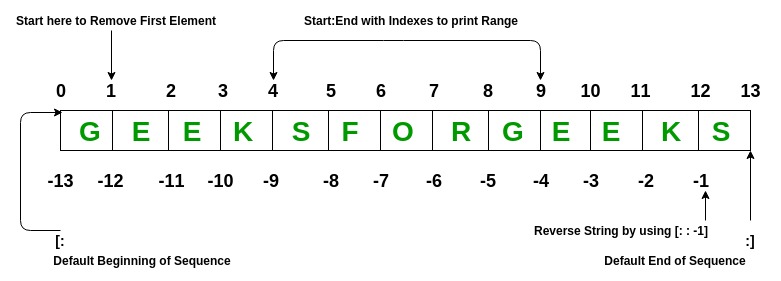







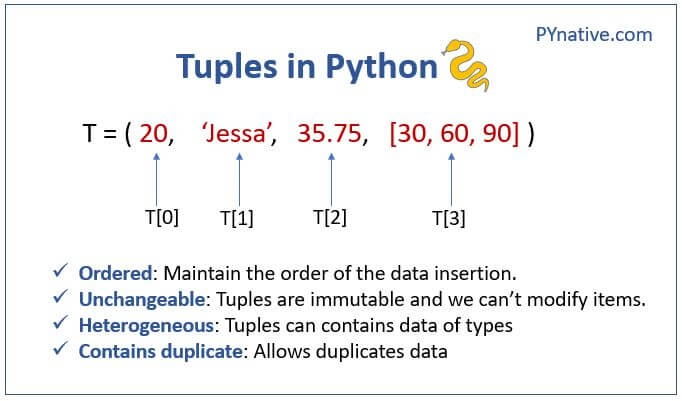
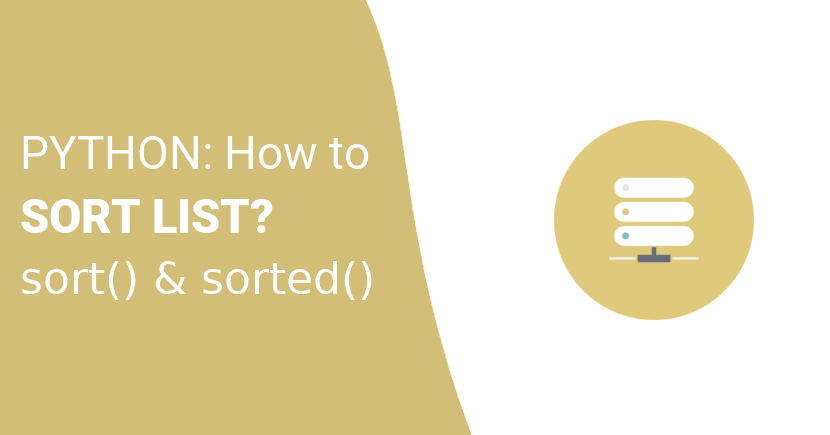
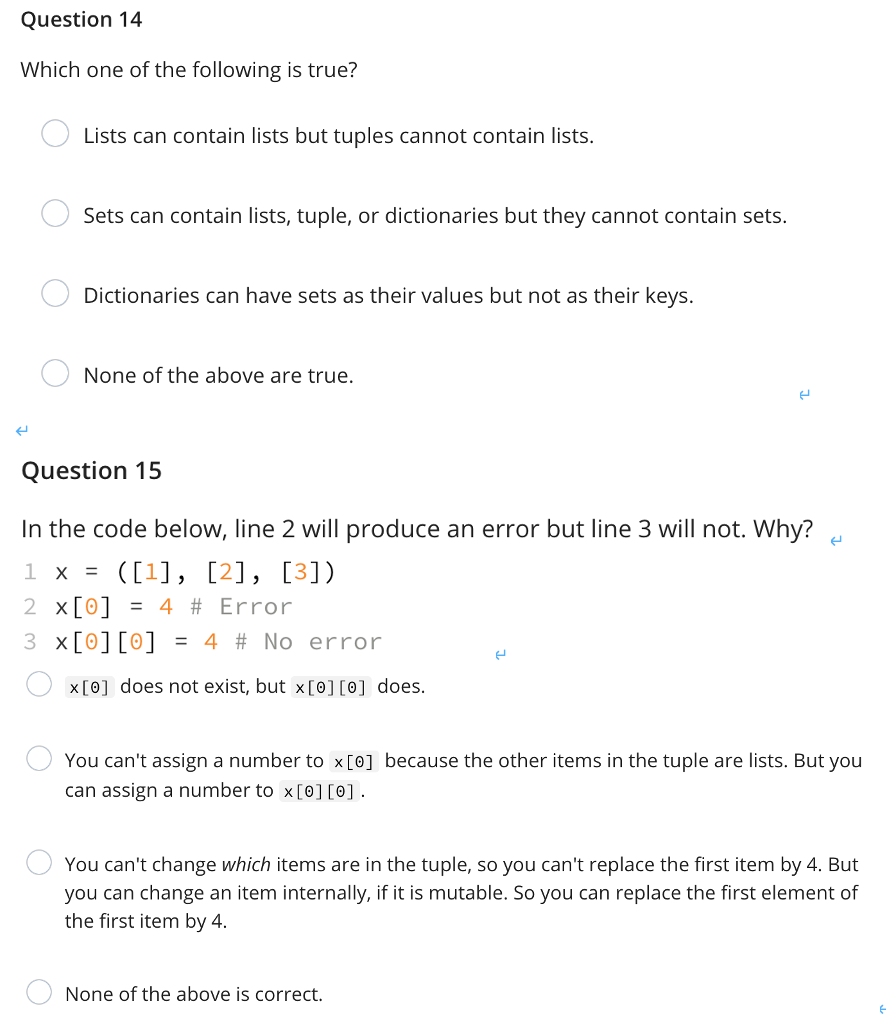



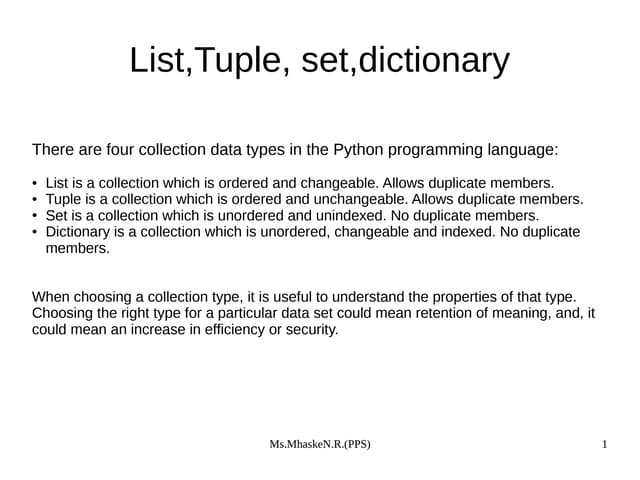
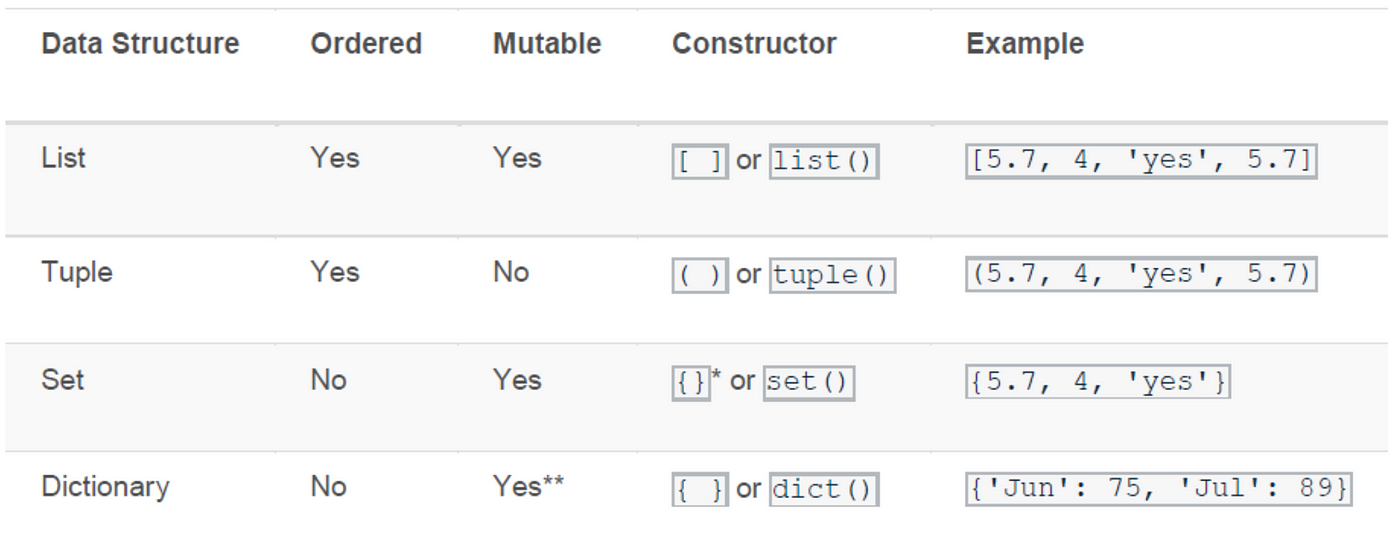

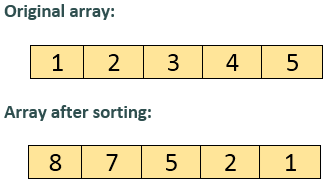
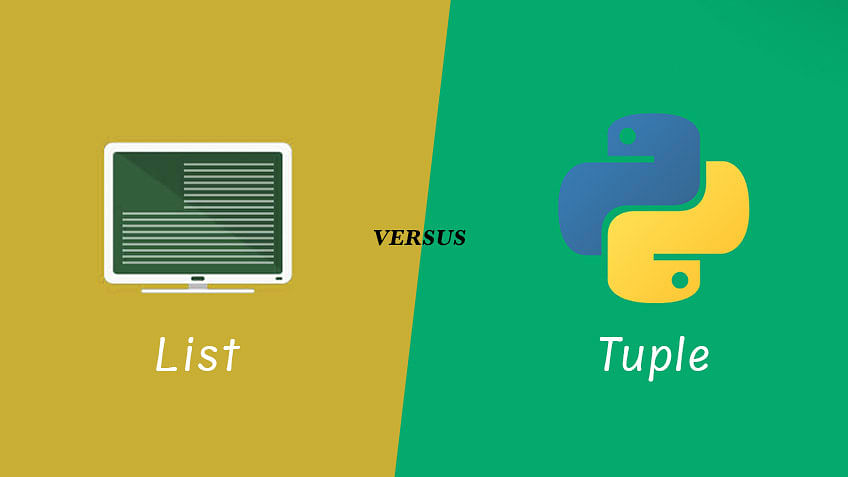


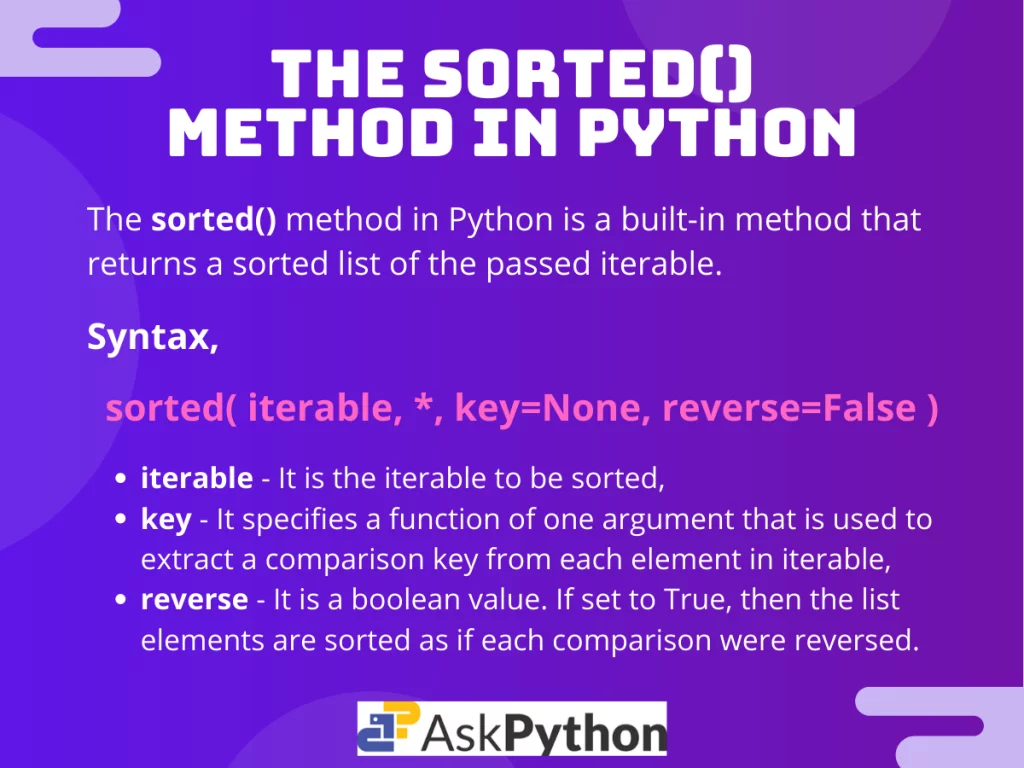



Article link: python sort tuple list.
Learn more about the topic python sort tuple list.
- How to Sort a List of Tuples in Python | LearnPython.com
- How to sort a list/tuple of lists/tuples by the element at a given …
- Python program to sort a list of tuples by second Item
- How to Sort List of Tuples in Python – Spark By {Examples}
- Python Program To Sort List Of Tuples
- How to Sort Tuple in Python – Javatpoint
- Sort List of Tuples by second or multiple elements in Python
- Sort Tuple in Python: Ascending & Decreasing Order (with code)
- Sort a list, string, tuple in Python (sort, sorted) – nkmk note
See more: https://nhanvietluanvan.com/luat-hoc